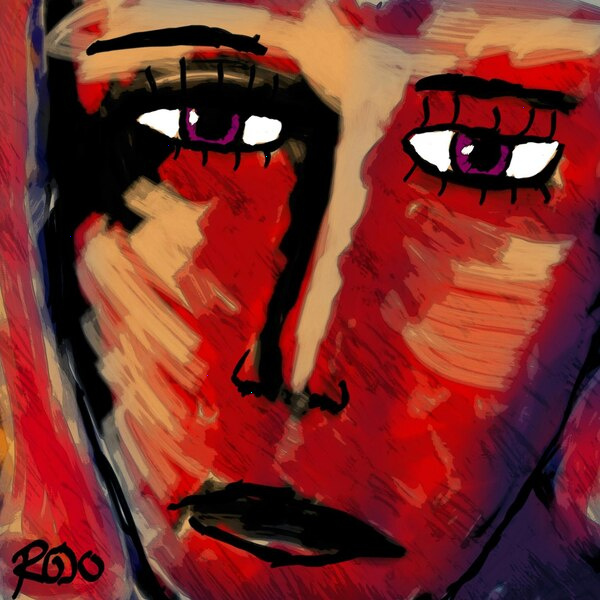The Art of Security: A Unique Perspective
In today's rapidly evolving digital landscape, the importance of security cannot be overstated. From safeguarding personal data to protecting national infrastructure, security has become a fundamental aspect of our daily lives. However, while traditionally viewed through a technical or procedural lens, security can also be seen as an art form. This perspective emphasizes creativity, adaptability, and the intuitive aspects of designing and implementing effective security measures.

At its core, the art of security involves understanding human behavior and anticipating potential vulnerabilities that might be exploited by malicious actors. Unlike rigid technical solutions, this approach requires a deeper comprehension of the motivations and methodologies of attackers. By thinking like a hacker, security professionals can develop innovative strategies to fortify defenses and maintain a step ahead of potential threats.
One of the key elements in the art of security is creativity. Complex security measures often derive from imaginative thinking and unconventional problem-solving techniques. For instance, ethical hackers, or white hat hackers, employ creative strategies to identify and exploit vulnerabilities in systems, which are then reported to improve security. This creative approach is not just about finding solutions to existing problems; it's about envisioning new possibilities and detecting unforeseen weaknesses.
Adaptability is another crucial aspect. In the art world, artists must constantly evolve their style and methodology to remain relevant, and similarly, security professionals must adapt to ever-changing threat landscapes. Cyber threats are dynamic, with attackers frequently altering their tactics to bypass security measures. Effective security strategies, thus, require continuous adaptation and innovation to counter these evolving threats. This necessitates staying informed about the latest technological developments and threat intelligence while also being agile enough to implement new solutions swiftly.
Furthermore, the intuitive aspect of the art of security cannot be ignored. While data-driven analytics and machine learning play crucial roles in modern security, instinct and intuition are equally important. Experienced security professionals often possess an innate sense of when something is amiss, which is honed through years of experience and a deep understanding of their environment. This intuition can guide the discovery of subtle anomalies that more structured approaches might overlook.
It's important to acknowledge that security, much like art, is subjective. Solutions effective in one scenario may not be applicable in another, requiring bespoke approaches tailored to specific environments. This personalized nature emphasizes the need for a deep understanding of the particular context in which security measures are deployed. Every organization has unique assets, risks, and operational requirements, all of which must be considered when designing security strategies.
In conclusion, viewing security as an art form broadens the scope of how we understand and implement defensive measures. It highlights the necessity of creativity, adaptability, and intuition in developing robust security postures. By incorporating these artistic elements into security practices, we can foster a culture of resilience that is better equipped to face the challenges of today's complex digital world. Just as artists strive to evoke emotional responses through their work, security professionals must aim to craft environments where both individuals and organizations feel protected and empowered in the face of potential threats.